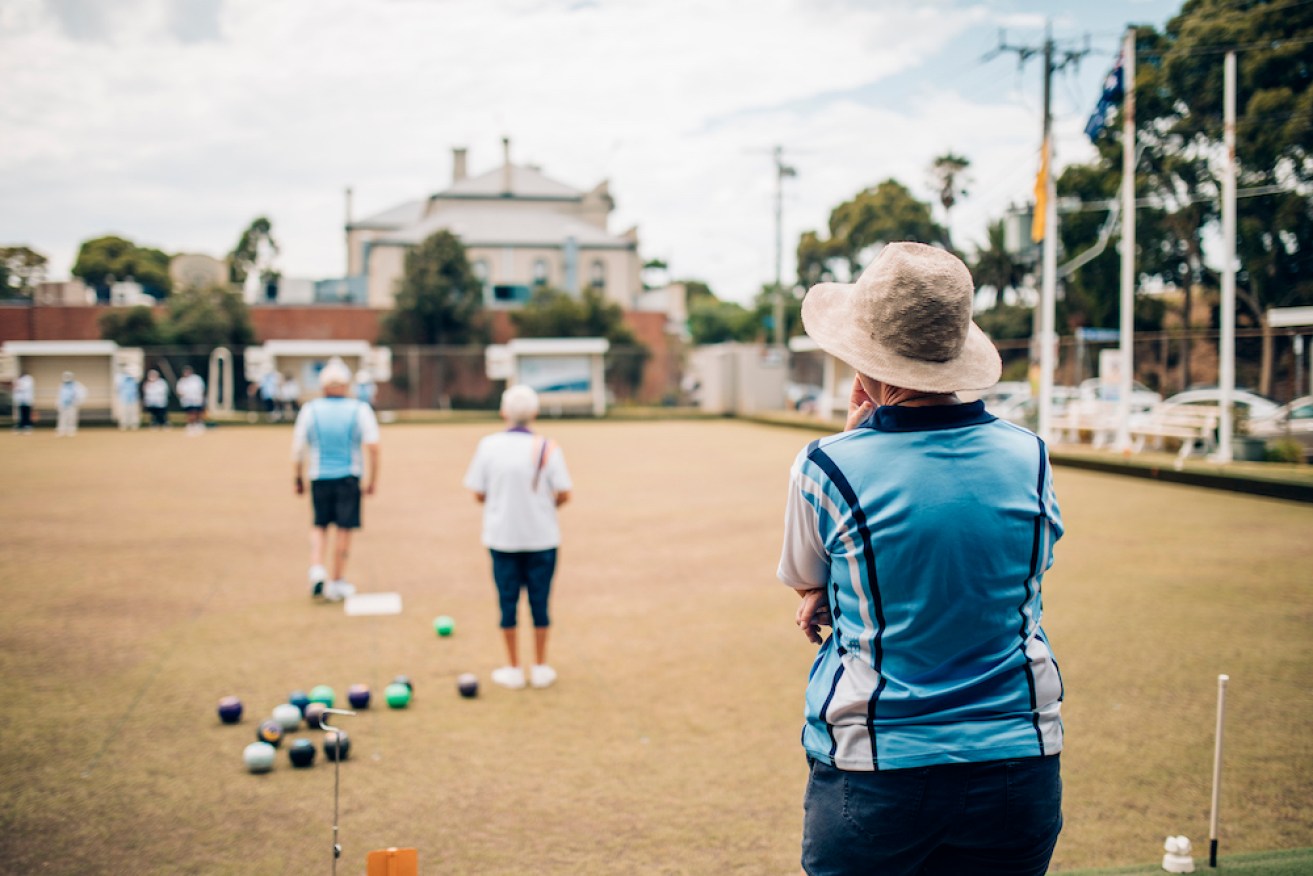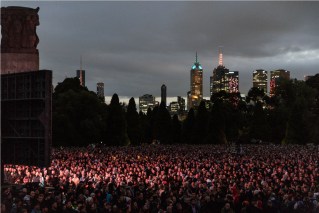Are bowling clubs disappearing from Australia?


Several bowling clubs in Sydney have shut their doors. Photo: Getty
Bowling clubs were once the heart of the community, but in Sydney, the slow demise of the local bowlo is playing out before our eyes.
New research from UNSW’s School of Built Environment found there are just 128 bowls clubs left in Sydney after 51 clubs closed in the last decade.
Back in 1980, there were 210 across the capital.
From 2005 until 2020, there have been no new bowling clubs set up in Sydney.
“They do have life left in them, but as more disappear, we lose not only a significant part of our cultural landscape, but also another space that is important to many people,” the co-author of the study, Professor Robert Freestone said.
The lead author, Louis Heath, worked at a bowling club in Sydney’s eastern suburbs while he was studying, and it was the inspiration for his thesis about the demise of bowling clubs in Australia.
Speaking to The New Daily, Mr Heath, who is now an urban planner, said bowling clubs are quintessentially Australian.
Curious to know what the future holds for institutions and drawing from sociologist Ray Oldenburg’s concept of the third space, Mr Heath looked into the apparent demise of bowlos in Sydney.
For his research he looked solely at Sydney and his classification for a club was one that the public could attend.
An iconic Australian ‘third space’
The first bowling club in Australia was the Melbourne Bowling Club which was established in 1864 and is still going strong today. The oldest bowling club in NSW is the Balmain Bowling Club and it is also still operating.
In an ironic twist, the Melbourne Bowling Club was the setting for the classic Australian film Crackerjack. It’s a case of life imitating art, with the good-natured 2002 comedy revolving around the incipient demise of a struggling inner-city lawn bowls club.
Following World War II there was somewhat of a “leisure boom” and bowls became a favoured pastime.
Bowling clubs were also vital to the communities they served –
as are “third spaces”. The first space is your home, the second is your work and the third is where the community gathers, Mr Heath said.
“All good communities have plenty of third places where people can just go without having to make plans to meet anyone there and they can just walk in, feel at home, see familiar faces, and just interact with the local community,” Mr Heath said.

The practice of social, ‘Barefoot Bowls’ keeps the sport accessible to a younger audience.
“So I think it’s really important for communities to have third spaces.”
Chris Wallace, the general manager of Bowls Australia said bowling clubs are more than just a place to bowl.
“They’re social spaces where many members of community will come together and have a good time and celebrate events. Often other social activities happen at bowling clubs,” he told The New Daily.
Why are bowlos disappearing?
When Mr Heath was working at the bowlo, he didn’t see the greens packed with people, but rather just a few retirees out in the middle of the day.
Mr Heath says people just have less time these days and playing lawn bowls is generally a longer leisure activity.
There are a few reasons why bowling clubs are slow disappearing, he said.
Once there was an abundance of clubs and that could have been the reason so many have shut down.
After the post-war leisure boom, plenty of clubs popped up around Sydney and in some cases there were many in the same suburb.
“So everywhere there was a lot of bowling clubs popping up … and there were [government] incentives for communities to build bowling clubs,” Mr Heath said.
“I think as the years went on, that kind of leisure … I guess the population’s time for leisure declined, and bowling clubs just weren’t able to survive.”
However, this demise of clubs seems to be specific to Sydney, Mr Wallace said.
“Nationally, the sport grew from 500 clubs in 1940 to 2200 clubs
in the 2000s,” Mr Wallace said.
“It was the fastest-growing sport in the country for 80 years.”
The culling of some clubs in Sydney had to happen, Mr Wallace said, saying in Concord there were multiple clubs within two kilometres of one another.

Lawn bowls was the fastest growing sport in the country for 80 years. Photo: AAP
The evolution of bowling in Australia
“For every club we’ve closed, we’ve been opening greens in other places, including retirement lifestyle villages,” Mr Wallace said.
Developers are seeing a real need to have bowling greens in retirement villages and many people living in them are asking for greens to be put in, he said.
In 1980, there were just 40 retirement villages with bowling greens and now there are 290 villages with bowling greens.
However, it’s not just retirees who are playing bowls. Mr Wallace said the trend nationwide is that people aged in their 20s and 30s are playing bowls more now than ever before.
Bowls Australia also runs a program in schools across Australia where some 25,000 children are being introduced to the sport.
The game itself has also become less formal by offering barefoot bowls.
He said while it may not be formal or traditional, many clubs are doing “great business” and are getting people on the greens for barefoot bowls.
But even if people haven’t actually dabbled in the sport, chances are they have been to their bowling club for a drink or activity, he said.
Bowls Australia’s most recent annual report said from 2020 to 2021 there were 630,700 Australians regularly participating in the sport, an increase of 1.9 per cent.








